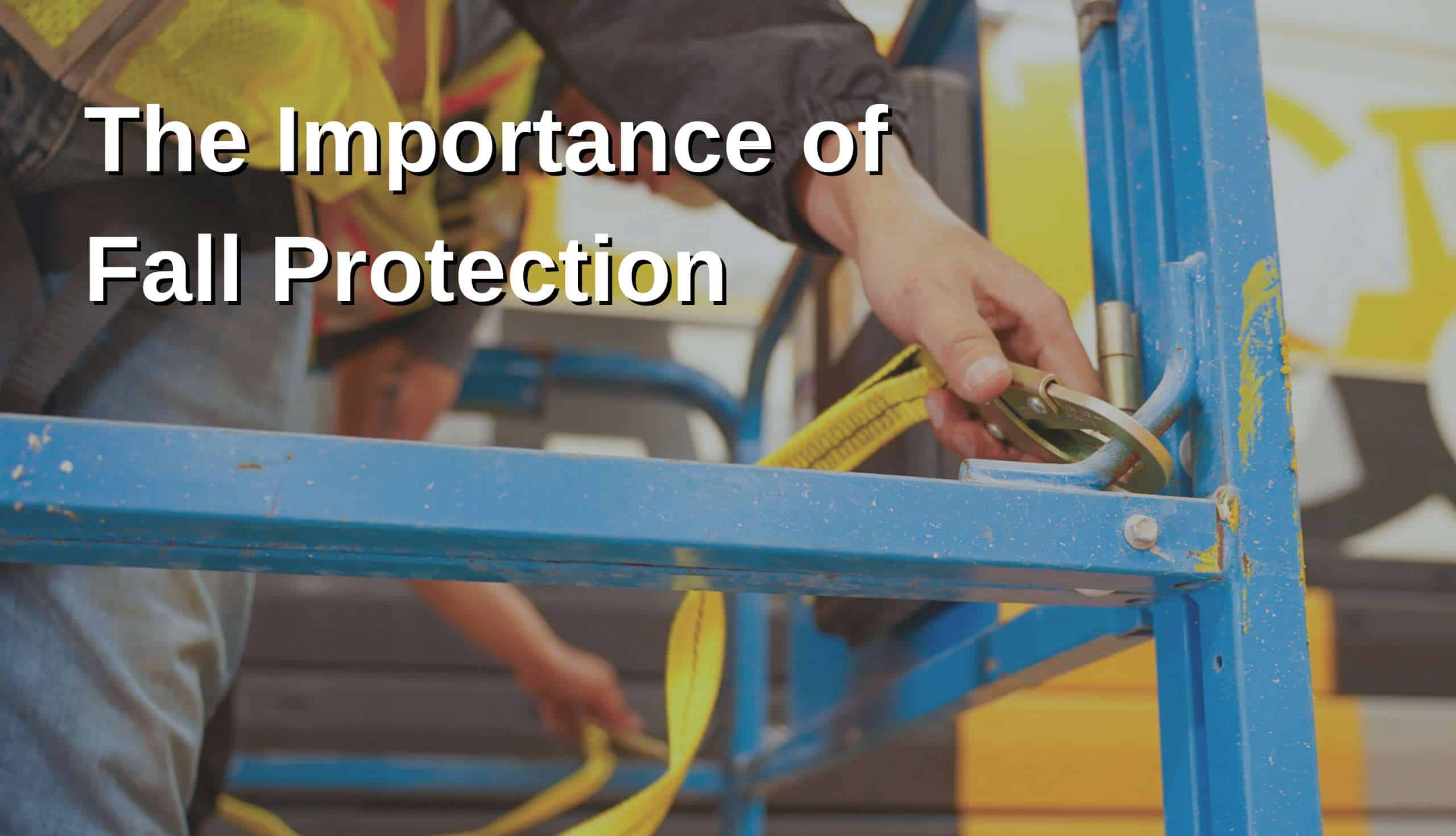
The Importance of Fall Protection: Ensuring Safety and Compliance
Fall protection is a critical aspect of workplace safety, especially in industries such as construction, manufacturing, and warehousing. Falls remain one of the leading causes of serious work-related injuries and deaths. According to the Occupational Safety and Health Administration (OSHA), falls are consistently among the most frequently cited violations. This blog will delve into the importance of fall protection, the necessity of training, and how to avoid OSHA violations.
Why Fall Protection is Crucial
1. Preventing Injuries and Fatalities:
Falls account for a significant portion of workplace injuries and fatalities. Implementing effective fall protection measures can save lives and prevent debilitating injuries. The human cost of falls is immeasurable, affecting not just the injured worker but also their families and colleagues.
2. Enhancing Productivity:
A safe work environment boosts worker morale and productivity. Employees are more likely to perform efficiently and effectively when they feel secure in their surroundings. Fall protection measures reduce downtime caused by accidents, ensuring projects stay on schedule.
3. Reducing Financial Burdens:
Workplace injuries result in substantial financial costs, including medical expenses, compensation claims, and legal fees. Investing in fall protection is cost-effective in the long run by minimizing these potential expenses.
The Necessity of Fall Protection Training
1. Understanding Hazards:
Training helps workers identify fall hazards in their work environment. By understanding the risks, they can take proactive steps to mitigate them. This awareness is the first line of defense against falls.
2. Proper Use of Equipment:
Fall protection equipment, such as harnesses, guardrails, and safety nets, is only effective when used correctly. Training ensures that workers know how to properly wear, adjust, and inspect their equipment, reducing the likelihood of equipment failure.
3. Compliance with Regulations:
OSHA mandates specific training requirements for fall protection. Ensuring that all employees receive this training not only enhances safety but also ensures compliance with federal regulations, avoiding costly fines and legal issues.
Avoiding OSHA Violations
1. Conduct Regular Safety Audits:
Regular inspections and safety audits help identify potential fall hazards before they cause accidents. These audits should be thorough and conducted by qualified personnel who can recommend appropriate corrective actions.
2. Implement and Enforce Safety Policies:
Establish comprehensive fall protection policies that comply with OSHA standards. Ensure that these policies are clearly communicated to all employees and that there is strict enforcement. Regularly update these policies to reflect new regulations and best practices.
Initial training is essential, but ongoing education is equally important. Regularly scheduled refresher courses and drills help keep fall protection practices at the forefront of workers’ minds. Training should evolve to incorporate new techniques and equipment.
4. Invest in Quality Equipment:
Use only OSHA-approved fall protection equipment. Regularly inspect and maintain this equipment to ensure it remains in good working condition. Replace any damaged or worn-out gear promptly to prevent failures that could lead to falls.
5. Foster a Safety Culture:
Create a workplace culture where safety is prioritized. Encourage workers to speak up about potential hazards and to take responsibility for their own safety and that of their colleagues. Recognize and reward safe behavior to reinforce the importance of fall protection.
Conclusion
Fall protection is not just a regulatory requirement but a moral obligation to ensure the safety and well-being of workers. By understanding the importance of fall protection, providing comprehensive training, and taking proactive steps to avoid OSHA violations, employers can create a safer work environment. This commitment to safety not only protects employees but also enhances productivity, reduces costs, and fosters a positive workplace culture. Remember, every fall prevented is a life saved and a step towards a safer, more responsible workplace.
A-Tech offers customized fall protection training programs that cater to the specific needs of your industry and work environment. Click here to view the services that A-Tech has to offer. If you have any questions in regards to Fall Protection training and regulations feel free to reach out to us by clicking here.


